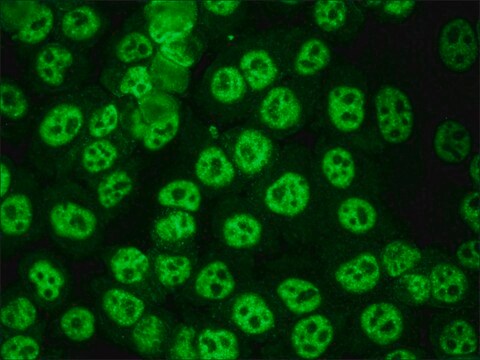About This Item
26 mmHg ( 25 °C)
Recommended Products
grade
ACS reagent
Quality Level
Agency
suitable for EPA 1613
vapor density
3.2 (vs air)
vapor pressure
22 mmHg ( 20 °C)
26 mmHg ( 25 °C)
Assay
≥99.5%
form
liquid
autoignition temp.
997 °F
expl. lim.
7 %
impurities
H2SO4, passes test (darkened)
≤0.003% S compounds
≤0.03% water
evapn. residue
≤0.001%
color
APHA: ≤10
refractive index
n/D 1.496 (lit.)
bp
110-111 °C (lit.)
mp
-93 °C (lit.)
density
0.865 g/mL at 25 °C (lit.)
SMILES string
Cc1ccccc1
InChI
1S/C7H8/c1-7-5-3-2-4-6-7/h2-6H,1H3
InChI key
YXFVVABEGXRONW-UHFFFAOYSA-N
Looking for similar products? Visit Product Comparison Guide
Application
- To synthesize azines from alcohols and hydrazine hydrate.
- In the lipase-catalyzed synthesis of epoxy-functionalized polyesters via polycondensation.
Signal Word
Danger
Hazard Statements
Precautionary Statements
Hazard Classifications
Aquatic Chronic 3 - Asp. Tox. 1 - Flam. Liq. 2 - Repr. 2 - Skin Irrit. 2 - STOT RE 2 Inhalation - STOT SE 3
Target Organs
Central nervous system
Storage Class Code
3 - Flammable liquids
WGK
WGK 3
Flash Point(F)
39.9 °F - closed cup
Flash Point(C)
4.4 °C - closed cup
Choose from one of the most recent versions:
Already Own This Product?
Find documentation for the products that you have recently purchased in the Document Library.
Our team of scientists has experience in all areas of research including Life Science, Material Science, Chemical Synthesis, Chromatography, Analytical and many others.
Contact Technical Service







